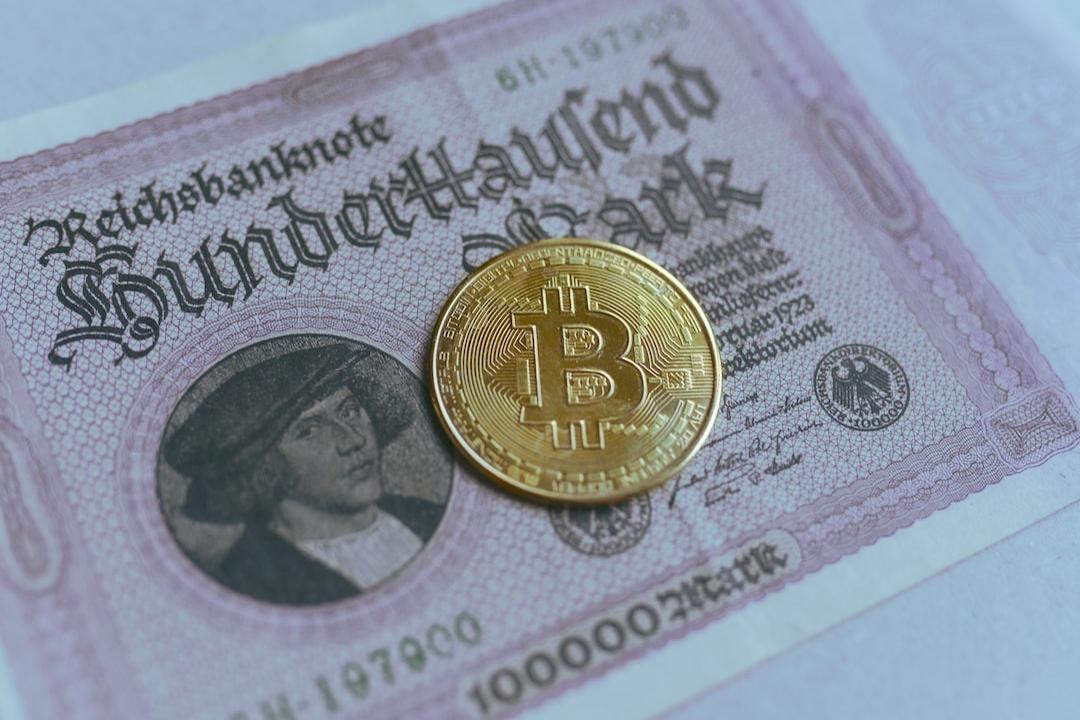Bitcoin (BTC) experienced a drop below the $62,000 mark on April 25 as concerns about “stagflationary” macro data in the United States unsettled the markets.
BTC/USD fell to a new multi-day low of $62,785 on Bitstamp, according to data from Cointelegraph Markets Pro and TradingView. The market opened with a sense of unease after the US Q1 gross domestic product (GDP) came in significantly lower than expected at 1.6%. At the same time, prices rose more than anticipated, which highlighted the challenge of managing inflation before the Federal Reserve.
The GDP data, which was nearly 50% lower than Goldman Sachs’ forecast, surprised many, as it brought an end to six consecutive quarters of 2%+ growth. The Kobeissi Letter, a trading resource, questioned the Fed’s response to rising inflation and a weakening economy. The dilemma of whether to cut rates (leading to inflation) or raise rates (triggering an economic crash) was discussed.
The chances of the Fed implementing an interest rate cut before December decreased on April 25. The latest data from CME Group’s FedWatch Tool showed only a 6.3% probability of a cut occurring at the next meeting of the Federal Open Market Committee (FOMC) on May 1.
Bitcoin followed the downward trend of US equities, particularly tech stocks, struggling to maintain the ground it had regained the previous week after a dip below $60,000 caused by geopolitical factors. However, not everyone was pessimistic. Popular trader Crypto Chase believed that BTC/USD could see more upside potential and reach a high of $68,000. Another trader, Crypto Tony, predicted new macro highs before a period of consolidation.
Analyst Caleb Franzen highlighted that the short-term holder (STH) realized price, currently at $59,530, was a crucial support level. STH realized price refers to the aggregate price at which wallets holding coins for 155 days or less last moved them. It has consistently acted as market support since the end of the 2022 bear market. Franzen stated that if BTC falls below this level, he would turn bearish.
It is important to note that this article does not provide investment advice or recommendations. Readers should conduct their own research and exercise caution when making investment decisions.

